How Much Lead is in a Car Battery? (Surprising Facts Revealed)
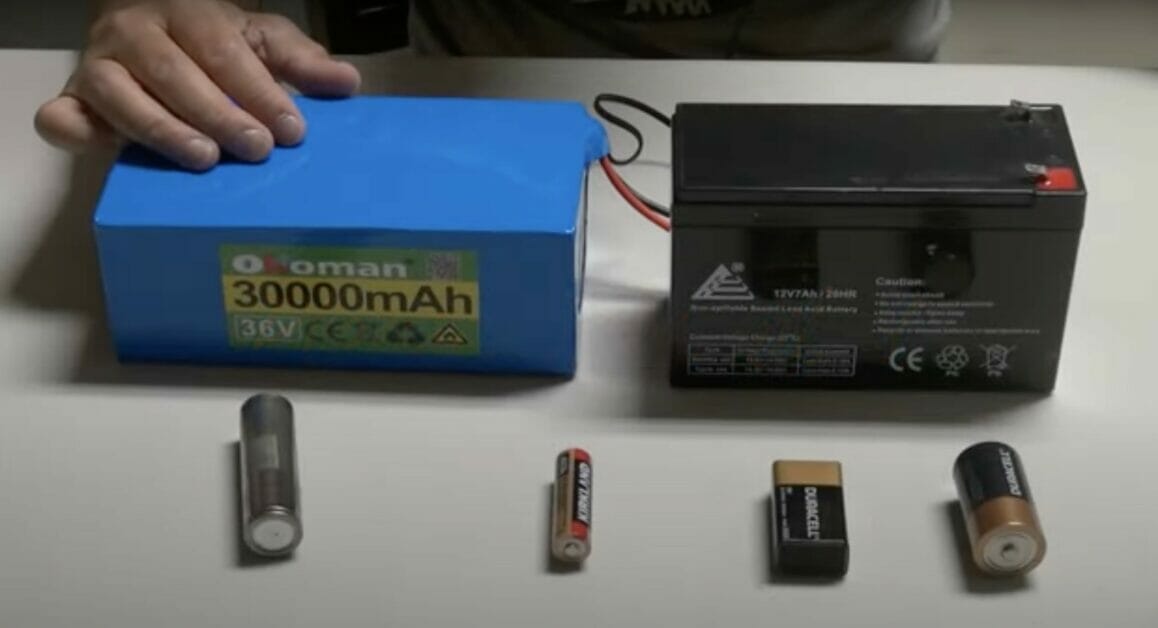
Key Takeaways – A lead-acid car battery typically contains 16-21 pounds of lead, accounting for about 60% of its total weight. Moreover, different battery types have varying lead contents: Flooded lead acid batteries contain the most lead, averaging 18-20 pounds, while AGM and EFB contain less. Size, plate thickness, age, temperature, and operating conditions also impact lead content.
Buckle up as we delve deeper into car batteries, focusing on how much lead they contain and how this heavy metal plays a vital role in keeping our engines running.
Lead Weight and Function
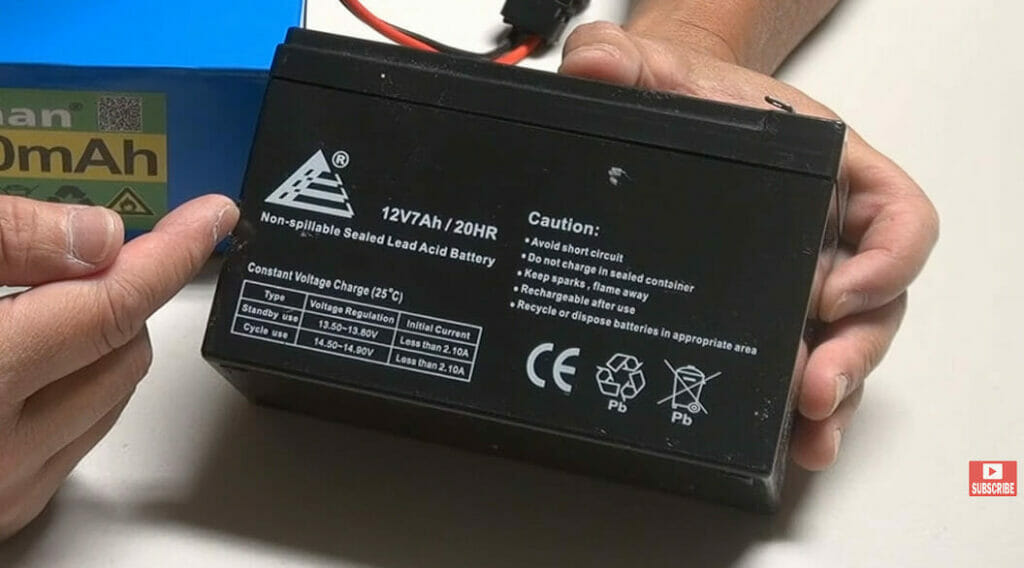
Lead serves as the reactive component for producing electricity in a lead-acid battery. Lead accounts for about 60% of the battery’s weight.
Lead Content vs. Weight of the Battery
| Lead Content (pounds) | Total Battery Weight (pounds) |
|---|---|
| 16 | 27-30 |
| 18 | 30-33 |
| 20 | 33-36 |
Now, we’re getting into the “meat and potatoes” of the discussion! Typically, a car battery can contain 16-21 pounds of lead. You might wonder how this affects the battery’s function.
A larger battery with more lead usually provides a higher Cold Cranking Amps (CCA) rating – the measurement of a battery’s ability to start your engine in colder temperatures.
Impact of Lead Weight on Cold Cranking Amps (CCA)
| Weight of Lead (pounds) | Approximate CCA Rating |
|---|---|
| 18 | 650 |
| 19 | 700 |
| 20 | 750 |
Battery Types and their Lead Contents
Car batteries generally come in three different types: flooded lead acid (the most common), absorbed glass mat (AGM), and enhanced flooded batteries (EFB).
Average Lead Content in Different Types of Car Batteries
| Battery Type | Average Lead Content (pounds) |
|---|---|
| Flooded Lead Acid | 18-20 |
| Absorbed Glass Mat (AGM) | 15-18 |
| Enhanced Flooded Batteries (EFB) | 16-18 |
Flooded Lead Acid Battery
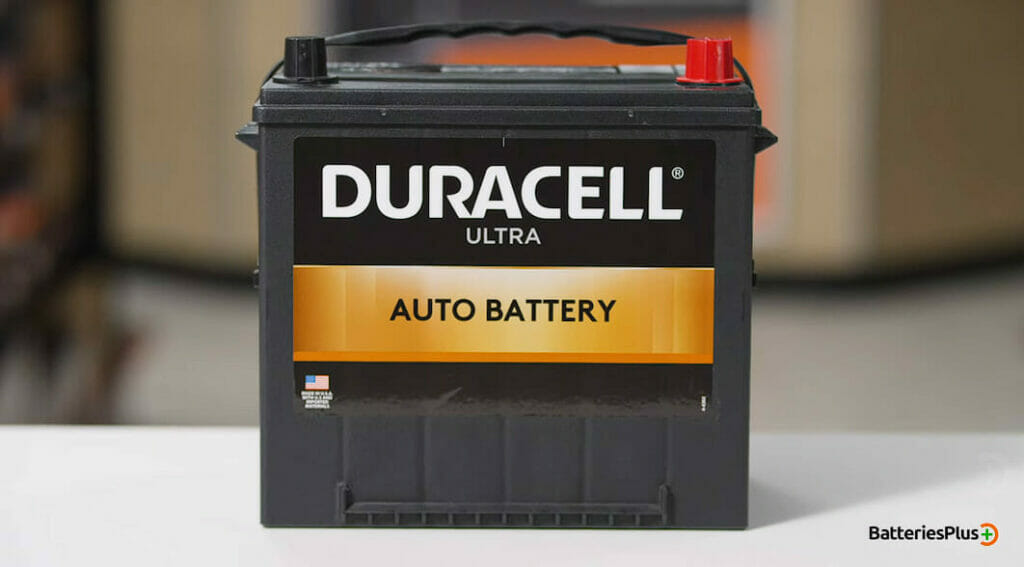
The flooded lead acid battery uses lead plates and an electrolyte solution, a mix of sulfuric acid and water.
The lead plates comprise a significant portion of the battery’s weight, and this type of battery contains the most lead out of the three.
AGM Batteries
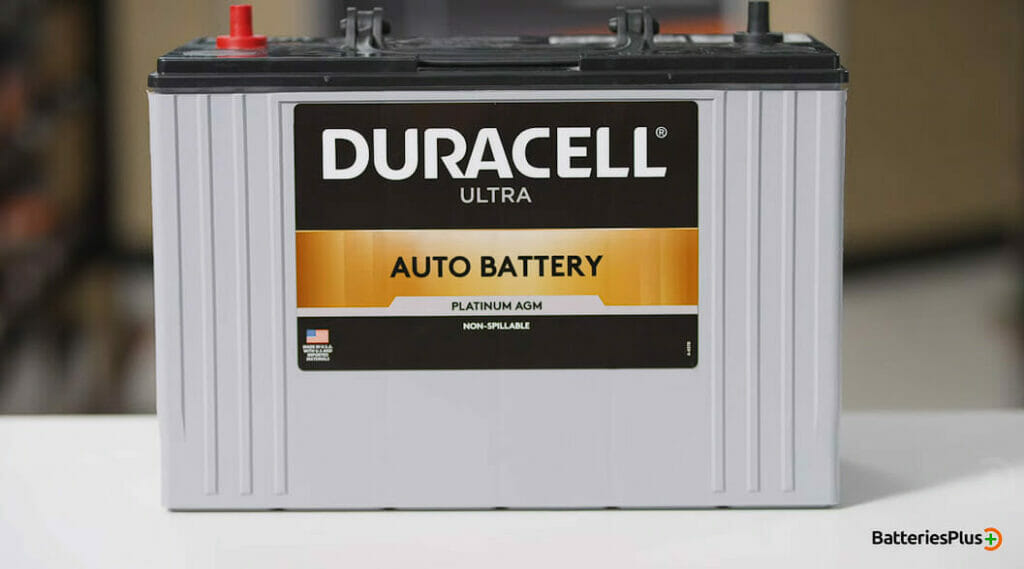
AGM batteries also use lead plates, but they have a unique design where a fine network of glass fibers AGM Batteries absorbs the electrolyte.
This makes them maintenance-free and more resistant to vibration. As for lead content, they still contain a noticeable amount of lead, but less than a flooded lead acid battery.
Enhanced Flooded Batteries (EFB)
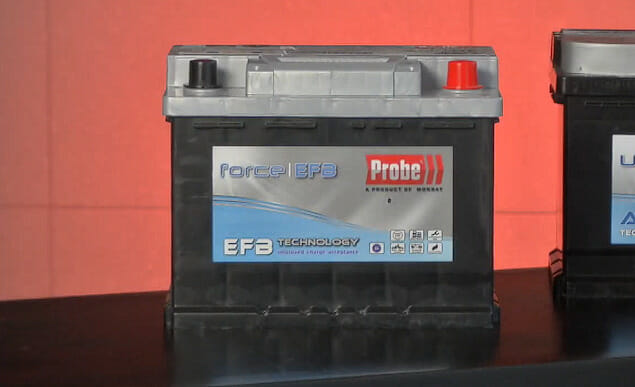
Enhanced flooded batteries are a hybrid between a flooded lead acid and an AGM battery, giving the best of both worlds. They contain lead, but not as much as the good ol’ flooded lead acid batteries.
Factors Affecting Lead Content in Car Battery
Now that we know the basics let’s dive right into some interesting factors that affect the lead content in car batteries
- Size and Type of the Battery: You might have guessed that the size and type impact the lead content. Bigger batteries tend to have more lead, while smaller ones might have less. Similarly, certain types of car batteries, especially traditional lead-acid batteries, will have more lead than others, like lithium-ion batteries.
- Manufacturing Process: Since I’m all about building and making things, I can tell you that the manufacturing process of a car battery does indeed affect its lead content! Companies continually improve their methods to reduce the amount of lead they use and minimize the environmental impact.
- Plate Thickness: Car batteries contain plates that are made of lead. The thickness of these plates directly influences the amount of lead in each battery. Thicker plates will require more lead, which can vary depending on the brand and model of the battery.
- Age and Quality: As batteries age, their lead can degrade and lose effectiveness. Nonetheless, high-quality batteries tend to be built with pure, dense lead, which can prolong their life and performance.
- Climate and Operating Conditions: Last but not least, climate and operating conditions play a huge role in lead content. In hot climates, batteries can lose water from the electrolyte solution, which leads to a decrease in lead available to generate electricity. Batteries in cold climates may require more lead to provide the same level of performance due to the increased demand for the battery.
So there you have it – a quick rundown of the factors affecting the amount of lead in your car battery. It’s crazy to think about all the factors that can impact something as simple as a battery, right?
It just goes to show that there’s always more to learn! And don’t forget to keep it charged and replace it when necessary for a smooth driving experience.
References
Organizations:
- Battery Council International (BCI). https://batterycouncil.org/
Books:
- “Batteries in a Portable World: A Handbook on Rechargeable Batteries for Non-Engineers” by Isidor Buchmann
- “Lead-Acid Batteries: Science and Technology: by D. Pavlov
Website Resources:
- Battery University. https://batteryuniversity.com/
- Johnson Controls Battery Group. https://www.johnsoncontrols.com/no_no/suppliers/batteries
Video References
DIY Potentials: Projects & Ideas
Batteries Plus
Probe Group South Africa
